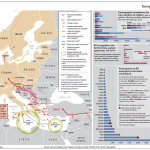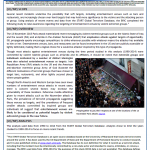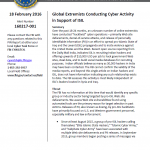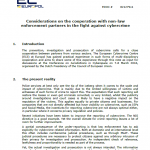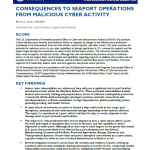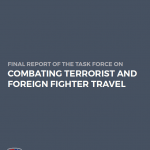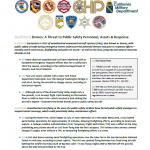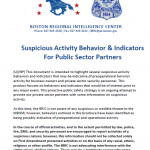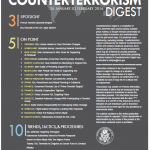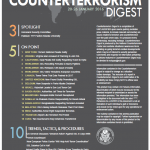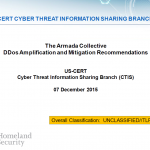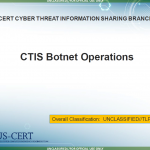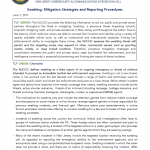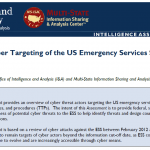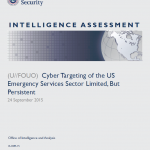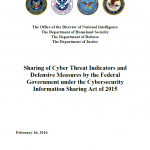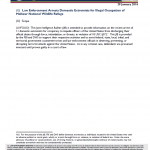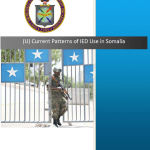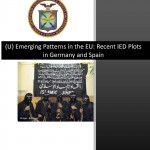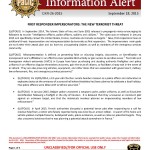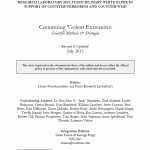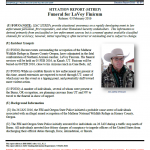
Recent events surrounding the occupation of the Malheur Wildlife Refuge in Harney County Oregon, have culminated in the fatal confrontation of Northern Arizona rancher, LaVoy Finicum. His funeral services will be held on 05 FEB 2016, in Kanab, UT. Finicum will be buried on 06 FEB 2016, close to his Arizona ranch in Cane Beds, AZ. While no credible threats to law enforcement are present at this time, armed extremists are expected to travel through UT; some of which may see this event as a tipping point, and potentially shift toward more violent action. A number of individuals, several of whom were present at the Burns, OR occupation, are planning caravans from UT and NV to travel to the funeral in show of support.
Read more →
